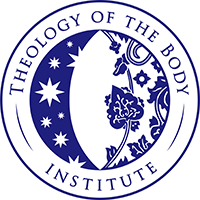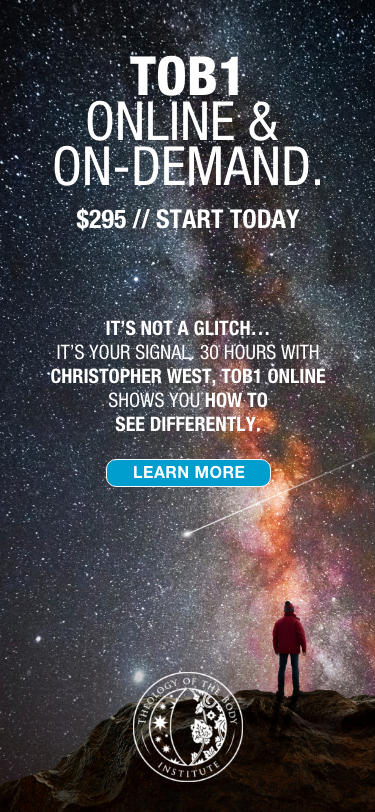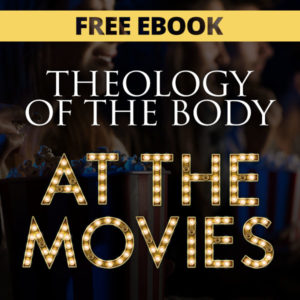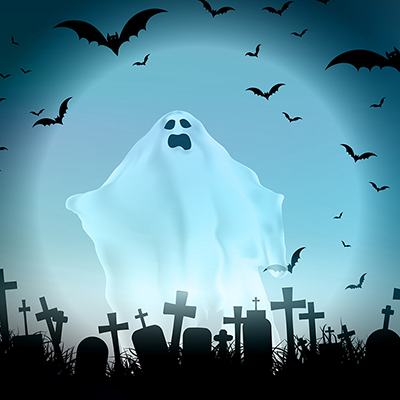

What Halloween Is and How It Can Point You to Heaven
What Halloween Is and How It Can Point You to Heaven

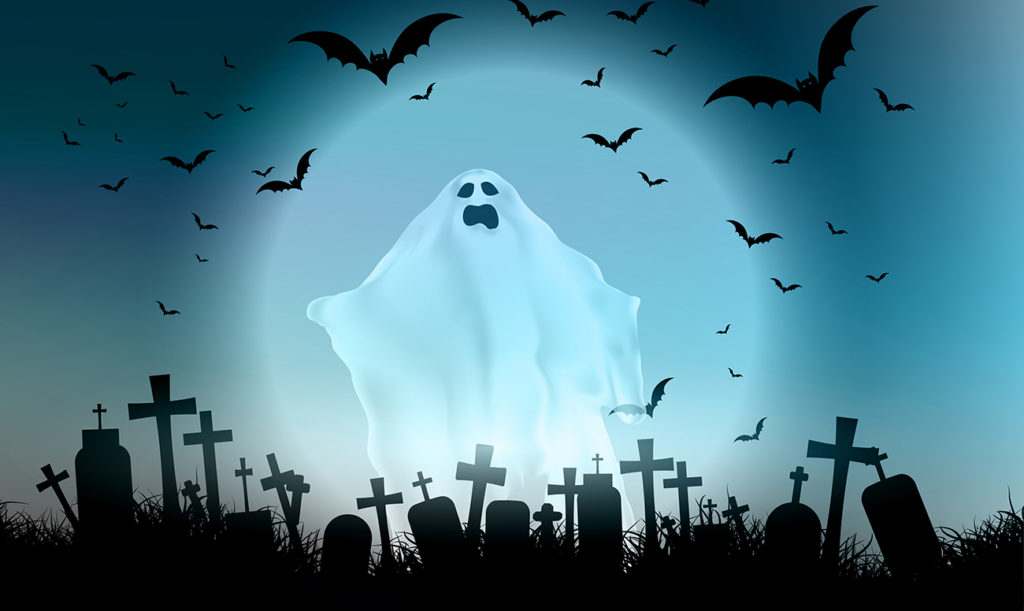
Halloween. It is a curious phenomenon, isn’t it? An annual holiday, sanctioned and monitored by local governments all over the country, that celebrates death with a creepy display of ghosts, corpses, headstones, and skeletons … What gives? Where does such a “celebration” come from in the human psyche?
Holiday, of course, means holy day. And Halloween means the “eve of all hallows” because it’s the evening before one of the holiest days of the liturgical year: All Saints. All Saints is the Church’s annual celebration of all those men and women throughout the ages who have overcome death through the power of the Gospel.
Overcome death?!
Yes. Overcome death by enduring it in union with him who died and rose again. In short, All Saints Day is the celebration of the power of Baptism to overcome death. Do you not know, asks Saint Paul, that those who have been baptized in Christ have been baptized into his death? And if we have died with Christ, we will also live with him, Paul assures us (see Rom 6:3, 8). In short, the saints are those who have allowed the power of their baptisms to hold full sway in their lives, transforming their mortality into immortality (see 1 Cor 15:54).
If this is possible … if this is real … it is utterly astounding.
Halloween proclaims death, mortality, decay. All Saints Day proclaims life, immortality, resurrection. Contrary to widespread belief, immortality does not simply refer to the soul, to the spiritual aspect of human nature. No. Man is a unity of body and soul. Hence, as Pope Benedict XVI observed, the “proper Christian thing … is to speak not of the soul’s immortality, but of the resurrection of the complete human being [body and soul] and of that alone.”
As Peter Kreeft insightfully observes, when death separates the body and the soul “we have a freak, a monster, an obscenity. That is why we are terrified of ghosts and corpses,” he adds, “though both are harmless: they are the obscenely separated aspects of what belongs together as one.” And herein, I believe, lies the deepest psychological origins of this macabre carnival right on the eve of the joyous celebration of all those who have overcome death in Christ.
Death comes to us all. And that fact is literally horrific; it causes a horror that never fails to gnaw at us at the deepest unconscious levels of our psyche. All things within inevitably come out. By putting ghosts, corpses, headstones, and skeletons right in our face on the eve of the Church’s celebration of all those who have overcome death, it seems the horrors of Halloween are basically saying: “Really? Has Christ really overcome death? Has he really allowed us to stare death in the face without fear of returning to nothingness?”
Rarely are people consciously thinking of these ultimate questions when they decorate their front lawns with ghosts, goblins, and fake spider webs. But our existential angst is never far below the surface. Is life a cosmic “trick” in which we’re granted a short span of years only to be snuffed out by death? Or can we truly hope in the divine “treat” of an ultimate fulfillment, a happiness, a bliss that never ends?
This Halloween, like every other, signs of death will come out to haunt us. Fear not. When the sun comes up the next morning, we have the witness of all the saints proclaiming: “Death is not the final word on human life! The final word is resurrection…”
Image: kirstypargeter/iStockphoto.com
